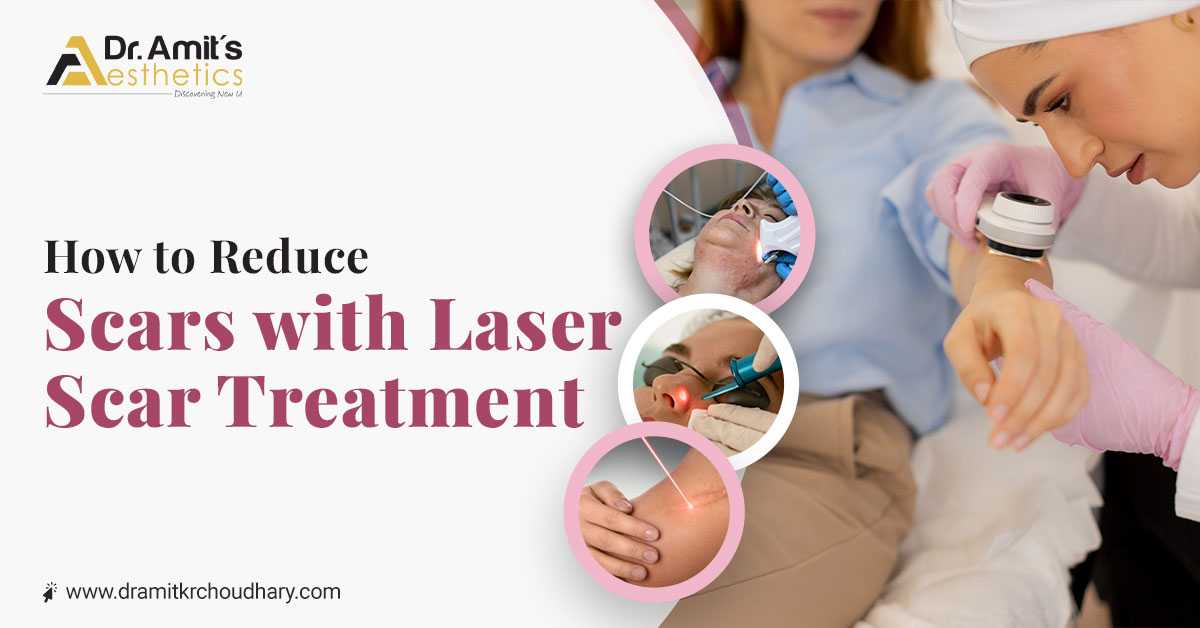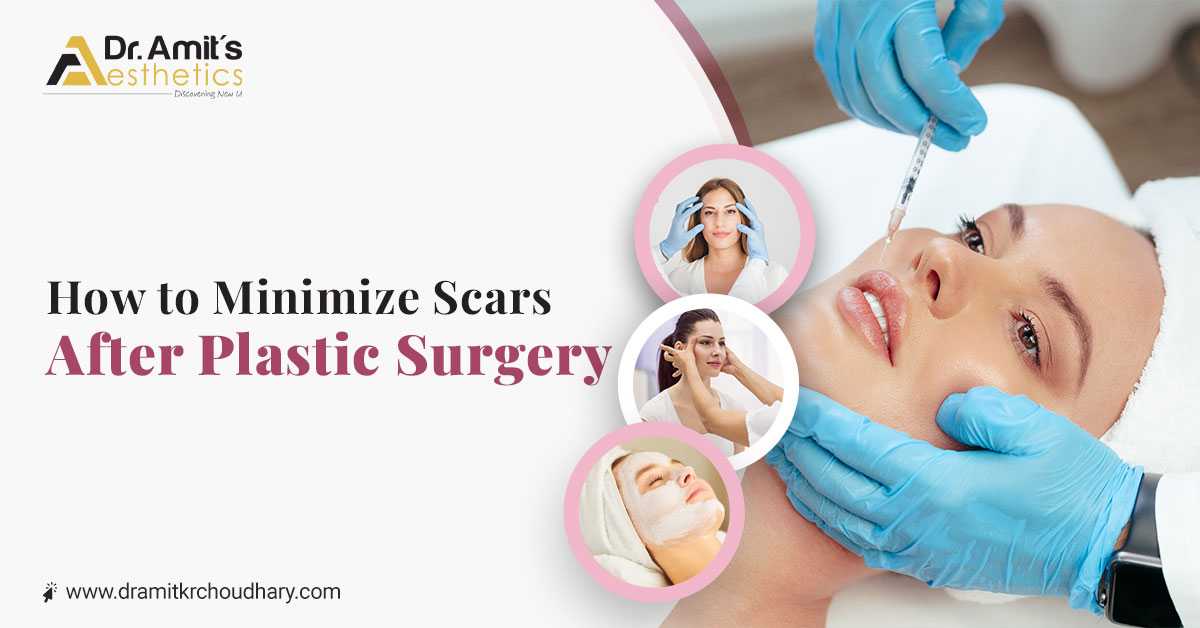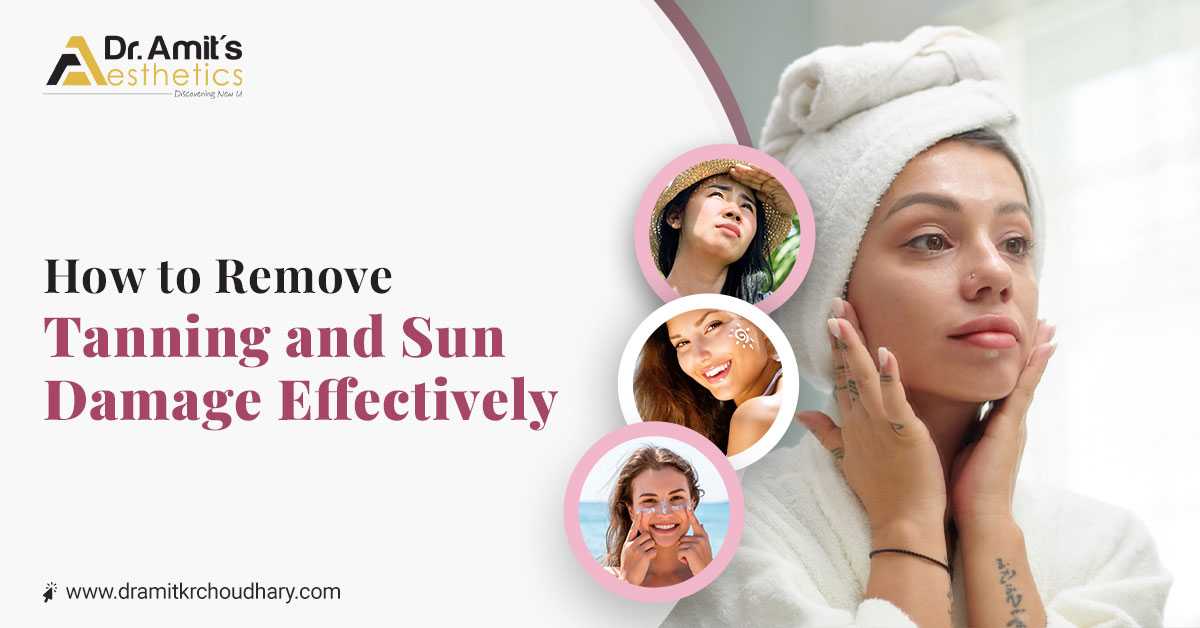Our skin sometimes doesn’t like sunny days, but we all love them. No complicated treatments are required if you want to remove tanning from your face and restore your natural glow. Whether you have dry skin, oily skin, or combination skin, there is a solution for all skin types. Natural care can be complemented by even Facelift Treatments for deeper skin rejuvenation.
What are the Causes of Skin Tanning?
Skin tans when your body reacts to the sun. When sunlight hits your skin, it makes more melanin, the pigment that gives your skin color, to protect itself. This helps guard the deeper layers of your skin, but it can also leave your skin darker or uneven.
Some of the main causes of tanning include:
-
Prolonged Sun Exposure: Spending long hours in direct sunlight, especially during peak hours, leads to excessive melanin production.
-
UV Radiation: Both UVA and UVB rays penetrate the skin and trigger tanning. UVA rays can penetrate deeper layers, causing aging, while UVB rays mainly affect the surface, causing burns and tanning.
-
Lack of Sun Protection: Not using sunscreen or protective clothing increases the risk of tanning and long-term damage.
-
Environmental Factors: Pollution, dust, and heat can worsen the effects of sun exposure by stressing the skin and making it more prone to tanning.
-
Skin Type: People with fair skin tend to burn easily, while those with medium or dark skin may tan more visibly.
-
Hormonal Changes: Fluctuations in hormones, such as during pregnancy, can make the skin more sensitive to sunlight, leading to pigmentation or tanning.
Essentially, any factor that increases your skin’s exposure to UV rays can lead to tanning. Understanding these causes helps us prevent tanning in the first place and choose the right remedies to remove it.
Why Tanning Affects Skin Health and How UV Rays Lead to Tanning?
Why Tanning Affects Skin Health and How UV Rays Lead to Tanning?
How UV Rays Cause Tanning
When the sun shines on your skin, UV rays tell cells to make melanin, which darkens your skin to protect it. Too much sun can cause dark spots, uneven color, and early signs of aging.
Effects of Tanning on Skin Health
-
Dryness and Rough Texture: UV rays deplete natural oils from your skin, making it dry and flaky.
-
Hyperpigmentation: Uneven melanin production can lead to dark patches or spots that are difficult to remove.
-
Premature Aging: Tanning accelerates the breakdown of collagen and elastin, causing wrinkles, fine lines, and sagging skin.
-
Sensitivity and Redness: Tanned skin is often more sensitive to environmental factors, leading to irritation, inflammation, or redness.
-
Dull Skin Appearance: Continuous exposure to the sun can leave the skin looking tired, dull, and unevenly toned.
By understanding how UV rays interact with your skin and the damage they can cause, you can take better steps toward preventing tanning and repairing the skin effectively.
Home Remedies to Remove Sun Tan
For light to medium tanning, natural home remedies work well. They are gentle, good for your skin, and can be used every day. With regular use, you’ll see results slowly but surely.
1. Aloe Vera Gel
Aloe vera is well-known for its soothing and healing properties. Applying fresh aloe gel to tanned areas reduces redness, hydrates the skin, and slowly fades tanning. Leave it on for 20–30 minutes daily for best results.
2. Lemon Juice and Honey
Lemon juice contains natural citric acid, which helps lighten dark spots, while honey moisturizes and protects the skin. Mix all these in equal parts of lemon juice and honey, apply on your skin, and leave it for 15 minutes. Rinse with lukewarm water.
Remember: Lemon can make skin sensitive; avoid direct sun exposure after application.
3.Tomato Pulp
Tomatoes are rich in lycopene, an antioxidant that combats UV-induced damage. Apply fresh tomato pulp to tanned areas, leave for 15–20 minutes, then rinse. This helps in brightening skin naturally.
4. Cucumber Paste
Cucumber has cooling and hydrating effects. Grate a cucumber and apply it directly to the skin, leaving it for 15–20 minutes. This reduces redness, soothes irritation, and gradually restores your natural skin tone.
5.Yogurt and Turmeric Mask
Yogurt contains lactic acid, which gently exfoliates, while turmeric has natural anti-inflammatory and skin-brightening properties. Mix a teaspoon of turmeric with 2 tablespoons of yogurt, apply as a mask, and leave for 20 minutes. Rinse with lukewarm water.
6. Gram Flour and Milk Scrub
A paste of gram flour (besan) and milk works as a natural exfoliator. Rub gently on tanned areas in circular motions for 5–10 minutes, then rinse. This removes dead skin cells and gradually lightens tanning.
7. Hydration and Diet
Drinking plenty of water and eating antioxidant-rich foods like berries, citrus fruits, and leafy greens helps repair skin damage from within. Hydrated skin heals faster and maintains a healthy glow.
Scientific Way to Remove Sun Tan
For stubborn tanning or sun damage, professional treatments work faster and give more visible results. They use special technology to fix dark spots and uneven skin tone.
Chemical Peels
Chemical peels involve applying a solution that removes the outer layer of dead skin cells, revealing fresher skin underneath. They are effective for sunspots, uneven pigmentation, and mild tanning. Light to medium peels are usually recommended for sensitive skin.
Microdermabrasion
Microdermabrasion is a non-invasive exfoliation procedure that removes dead skin cells and improves skin texture. It helps fade tan, reduce fine lines, and stimulate collagen production for firmer, healthier skin.
Laser Treatments
Laser therapy targets melanin in the skin and breaks down pigmentation caused by tanning and sun exposure. Multiple sessions may be required, depending on the depth of pigmentation, but results are often faster than home remedies.
Phototherapy
Light-based treatments, or phototherapy, use specific wavelengths to repair sun-damaged skin, stimulate collagen, and improve skin tone. This method is often used for more serious sun damage or uneven pigmentation.
Topical Prescription Treatments
Dermatologists may prescribe creams or serums containing retinoids, Vitamin C, or niacinamide to reduce pigmentation, repair UV damage, and accelerate skin renewal. These are particularly effective for stubborn tanning that doesn’t respond to home remedies.
Maintaining Results
After scientific treatments, proper sun protection is crucial to prevent new tanning. Regular use of sunscreen, moisturizers, and gentle skincare routines ensures the skin remains healthy and radiant.
Final Thoughts
Tanning and sun damage are common concerns, but they don’t have to be permanent. By understanding the causes of skin tanning, how UV rays affect your skin, and combining home remedies with scientific treatments, including Facelift Treatments in Siliguri, you can restore your natural glow and maintain healthy skin.
Prevention is just as important as treatment. Always protect your skin from the sun, stay hydrated, and nourish it both from outside and within. With patience, consistency, and the right care, your skin can look bright, even-toned, and radiant again. For expert guidance and professional care, consult Dr. Amit Kr. Choudhary.




